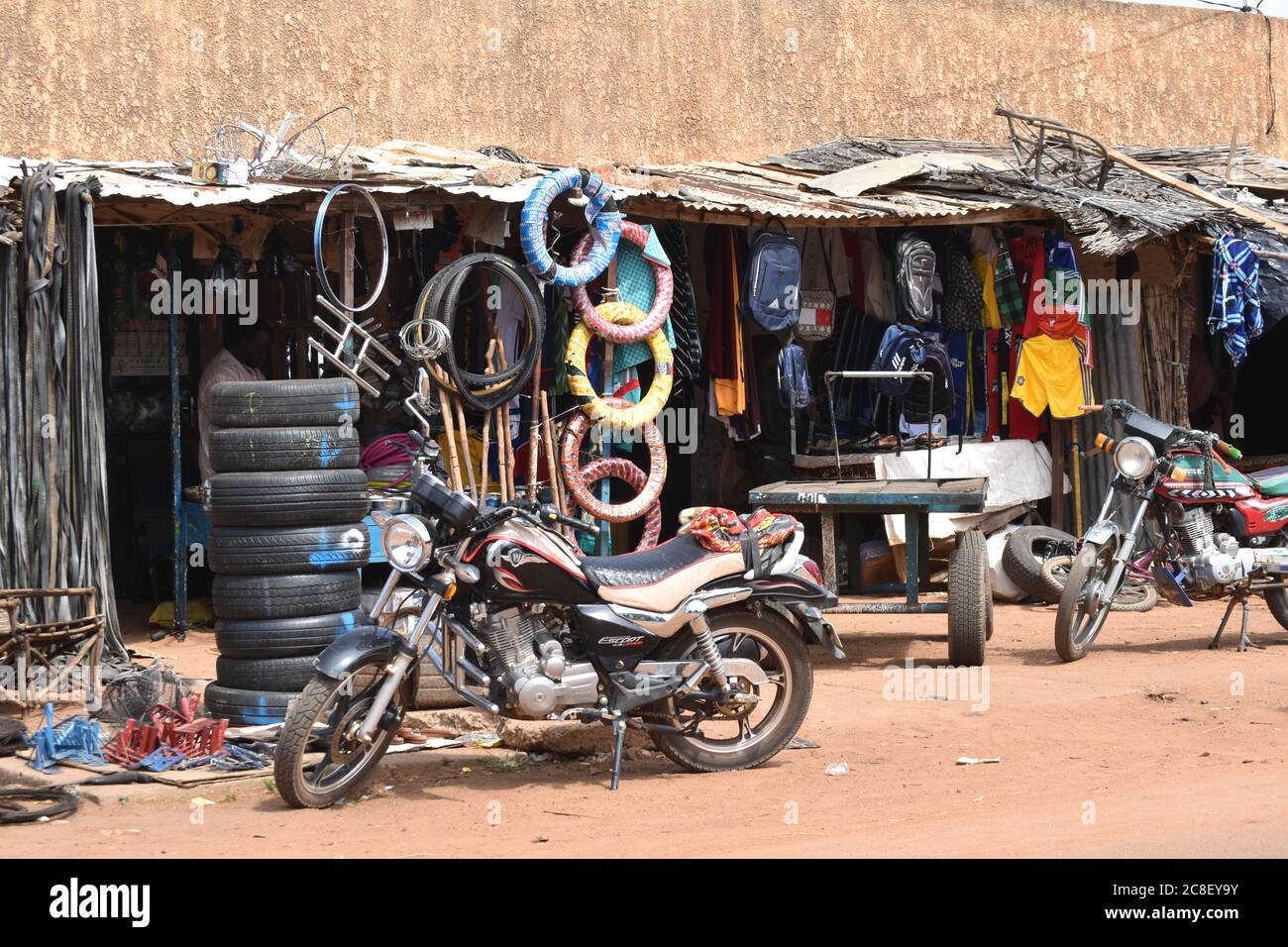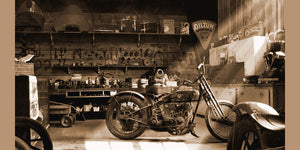Leading MX Gear NZ: Prepare for Your Next Off-Road Journey
Leading MX Gear NZ: Prepare for Your Next Off-Road Journey
Blog Article
Understanding Motorbike Gears: How to Maximize Your Riding Experience
In the world of motorcycling, mastering the art of equipment control is vital for improving your riding efficiency. Properly understanding and making use of bike equipments can considerably impact control, gas, and acceleration efficiency, changing an ordinary experience into a seamless, exhilarating trip. By integrating precise shift timing and adjusting gear choice to numerous roadway problems, riders can make sure optimum engine performance and safety and security. The nuances of clutch control, throttle sychronisation, and equipment technicians beckon a deeper expedition, assuring to unlock the full possibility of your machine. Exactly how can these strategies be harnessed to really maximize your riding experience?
Comprehending Equipment Mechanics
At the core of bike dynamics, equipment auto mechanics play an essential function in converting engine power right into movement, ultimately determining speed and control. The equipment ratios, meticulously made, figure out the partnership between engine revolutions and wheel turns, influencing acceleration and gas effectiveness.
Understanding equipment mechanics begins with recognizing the relevance of the transmission, which houses numerous gears of varying dimensions. These gears connect with a procedure known as meshing, where teeth of different gears involve to transmit power.
Furthermore, the concept of gear shifting is important to taking full advantage of efficiency. Timely and smooth shifts ensure that the engine operates within its ideal power band, avoiding unneeded stress and enhancing longevity (motorcycle shop). By comprehending these mechanical details, riders can attain a harmonious blend of efficiency, power, and control, boosting their riding experience
Timing Your Changes
Change timing proficiency is vital for optimizing motorbike performance and enhancing the riding experience. Appropriately timed changes ensure that the engine runs within its optimal power band, which is crucial for keeping control, accomplishing smooth acceleration, and ensuring the long life of the motorbike. Cyclists need to establish an intuitive sense of when to shift gears, which involves recognizing the partnership in between engine changes per minute (RPM) and speed.
To grasp shift timing, pay attention to the engine's noise and feel, as these offer important hints regarding when to change equipments. When the engine comes close to the upper array of its power band without reaching the redline, the optimal change point generally occurs - motocross parts nz. Shifting prematurely can result in an absence of power, while shifting far too late may trigger unneeded engine strain
In addition, road conditions and riding design influence shift timing. In city setups, smoother and extra regular changes might be required to browse traffic effectively. On the other hand, throughout highway riding, fewer changes at higher speeds can be better suited. Exercising in diverse environments will boost your capacity to time shifts exactly, inevitably boosting your riding experience to a professional level.
Enhancing Fuel Effectiveness
While understanding bike gears is important for efficiency, boosting gas performance is equally important for both economic and environmental factors. Optimum gas intake not just lowers operational expenses yet also reduces the environmental impact of riding. To accomplish this, one need to recognize the detailed connection between gear selection and engine efficiency.
To start with, picking the appropriate gear at appropriate rates can significantly affect gas consumption. Riding in a higher equipment at reduced speeds can lead to engine lugging, which is destructive to both gas economic situation and engine wellness. Conversely, riding in reduced equipments at high speeds results in unneeded gas usage. Thus, maintaining an optimum equilibrium by shifting gears in alignment with roadway conditions and expected maneuvers is crucial.
In addition, routine upkeep plays an essential role in gas effectiveness. Ensuring that the motorbike is well-tuned, with clean air filters and properly pumped up tires, can reduce and improve the rules of aerodynamics gas waste. Taking on a riding design that embraces progressive velocity and smooth slowdown can contribute to better gas economy.

Techniques for Smooth Transitions
Accomplishing smooth gear changes is fundamental to improving the riding experience and guaranteeing the durability of a bike's find out this here transmission system. Proper equipment changing not just adds to a seamless trip but also minimizes damage on the mechanical components. To master the art of smooth changes, bikers have to concentrate on a couple of crucial strategies.

Secondly, clutch control plays a crucial duty. Engaging and disengaging the clutch smoothly needs method. The clutch bar must be released gradually, permitting a smooth transfer of power from the engine to the wheels without creating a shock or abrupt movement.

Adapting to Road Problems
Navigating diverse roadway conditions is a critical ability for any type of motorcyclist intending to preserve control and safety. Whether you're riding on damp surfaces, gravel roadways, or navigating doglegs, your ability to adjust your gear use and riding method is paramount. Recognizing exactly how to adjust your equipments appropriately can dramatically affect grip and stability, making certain a much safer trip.
On wet roadways, it is recommended to keep higher equipments to reduce torque and lessen wheel spin. This method aids maintain grasp on slippery surface areas, enabling smoother acceleration and slowdown. On the other hand, when riding on gravel or irregular terrain, reduced equipments are more suitable. Reduced equipments offer far better control and allow you to respond even more promptly to unexpected modifications in the roadway surface.
Sharp curves demand exact equipment management to balance rate and control. Downshifting prior to entering a curve can assist keep energy while guaranteeing the motorbike stays secure throughout the turn. Regular practice in varied conditions improves your capacity to respond and predict to modifications in road structure and slope.
Verdict
Grasping motorbike equipments dramatically improves the riding experience by improving control, fuel, and velocity effectiveness. Adjusting equipment selection to numerous road problems, such as making use of higher equipments on damp surfaces and reduced gears on crushed rock, additional enhances handling and safety and security.
Recognizing equipment mechanics starts with recognizing the value of the transmission, which houses multiple equipments of varying sizes. These equipments communicate through a procedure known as meshing, where teeth of various gears involve to transfer power (motorcycle shop). Mild adjustments to the throttle during equipment shifts can protect against jerky motions and keep a consistent riding rate
Whether you're riding on wet surfaces, crushed rock roads, or browsing sharp turns, your ability to adapt your equipment usage and riding method is extremely important. Adapting equipment option to different road problems, such as using higher equipments on damp surfaces and reduced equipments on gravel, additional boosts handling and security.
Report this page